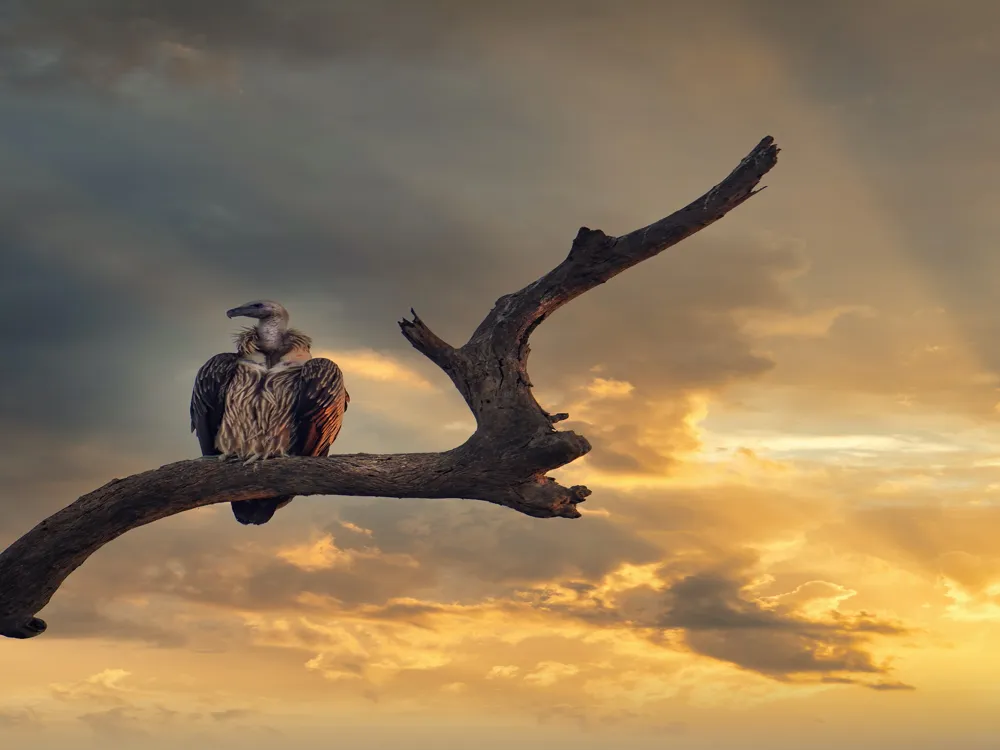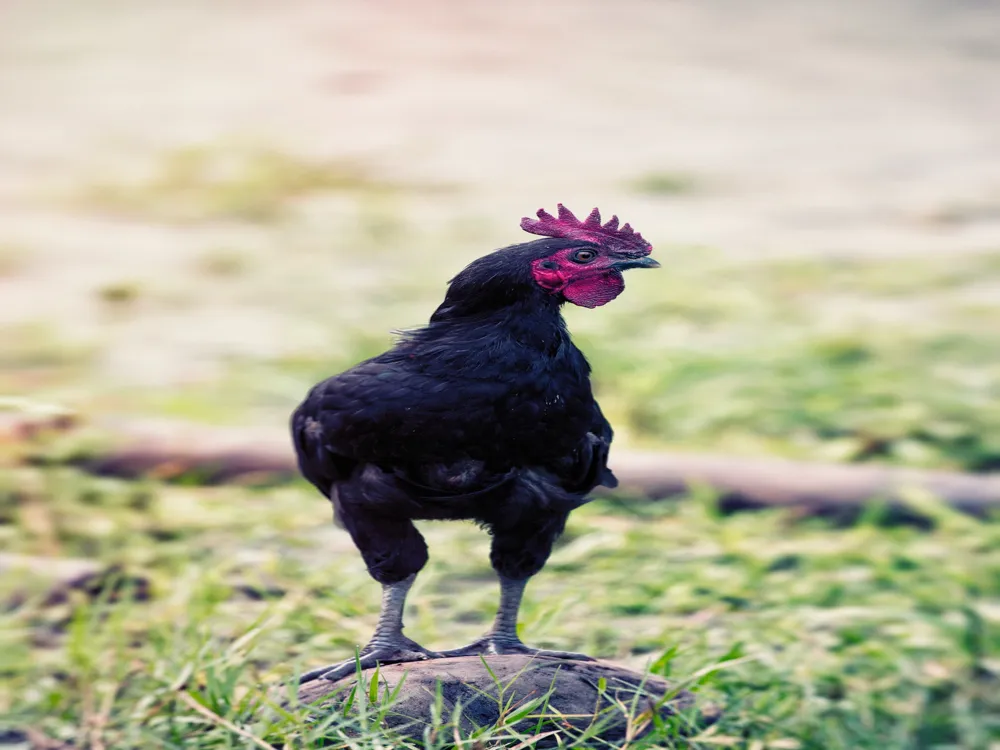Nestled in the lush green hills of Nagaland, Kohima Zoo is a spectacular destination for nature and wildlife enthusiasts. This zoo, located in the capital city of Kohima, stands out for its unique approach to wildlife conservation and its emphasis on the flora and fauna native to the Northeastern region of India. Spanning a vast area, the zoo is home to a diverse range of species, providing visitors with a unique opportunity to observe and learn about the region's wildlife in their natural habitat. The journey through Kohima Zoo is not just an encounter with animals; it's an immersive experience into the heart of Nagaland's rich biodiversity. As you stroll through the zoo, you are greeted by the sights and sounds of various species, including the rare Blyth's tragopan, a pheasant that is Nagaland's state bird, and other endangered species. The zoo plays a pivotal role in wildlife conservation, focusing on protecting and breeding endangered species, and educating the public about the importance of preserving nature. Kohima Zoo is more than a mere attraction; it is an educational hub. With its well-planned exhibits and information boards, the zoo provides valuable insights into the lives of the animals and their ecosystems. Interactive sessions and guided tours further enhance the learning experience, making it an ideal destination for school excursions and wildlife enthusiasts. The zoo's commitment to conservation and education makes it a must-visit destination in Nagaland. The architecture of Kohima Zoo is a harmonious blend of nature and design, reflecting the ethos of conservation and respect for wildlife. Unlike conventional zoos, Kohima Zoo is designed to mimic the natural habitats of the animals, providing them with an environment that closely resembles their natural surroundings. This thoughtful design not only benefits the animals but also enhances the visitor experience, allowing them to observe animals in settings that are as natural as possible. The layout of the zoo is strategically planned to ensure minimal disturbance to the animals while maximizing visitor engagement. The paths meander through the zoo, offering scenic views and surprising encounters with different species at every turn. The use of natural materials like stone, wood, and bamboo in construction gives the zoo an organic, earthy feel, further emphasizing its commitment to being in harmony with nature. One of the architectural highlights of Kohima Zoo is its aviaries. Designed to be spacious and airy, they provide a safe and comfortable haven for a variety of bird species. The aviaries are a perfect example of the zoo's approach to combining aesthetics with functionality, creating spaces that are both beautiful and conducive to the well-being of the birds. Before visiting Kohima Zoo, it's advisable to check the weather and the zoo's operating hours. Weekdays are generally less crowded than weekends. Carrying a map of the zoo can help you navigate and plan your route efficiently. Wear comfortable walking shoes as the zoo involves a lot of walking. Since Kohima can get quite sunny, hats and sunscreen are recommended. In case of rain, carrying an umbrella or a raincoat is advisable. Remember that the zoo is a home to animals. Maintain a safe distance, do not feed the animals, and avoid loud noises that might disturb them. Kohima Zoo is easily accessible by various modes of transport. The nearest airport is Dimapur Airport, about 74 kilometers away. From the airport, one can hire a taxi or take a bus to Kohima. The zoo is well-connected by road and is a short drive from the city center. For those using public transport, local buses and taxis are readily available in Kohima city that can take you directly to the zoo. Read More:Overview of Kohima Zoo
Architecture of Kohima Zoo
Tips When Visiting Kohima Zoo
Plan Your Visit
Dress Appropriately
Respect the Animals
How To Reach Kohima Zoo
Kohima Zoo
Kohima
Nagaland
NaN onwards
View kohima Packages
Kohima Travel Packages
View All Packages For Kohima
Top Hotel Collections for Kohima

Private Pool

Luxury Hotels

5-Star Hotels

Pet Friendly
Top Hotels Near Kohima
Other Top Ranking Places In Kohima
View All Places To Visit In kohima
View kohima Packages
Kohima Travel Packages
View All Packages For Kohima
Top Hotel Collections for Kohima

Private Pool

Luxury Hotels

5-Star Hotels

Pet Friendly





















